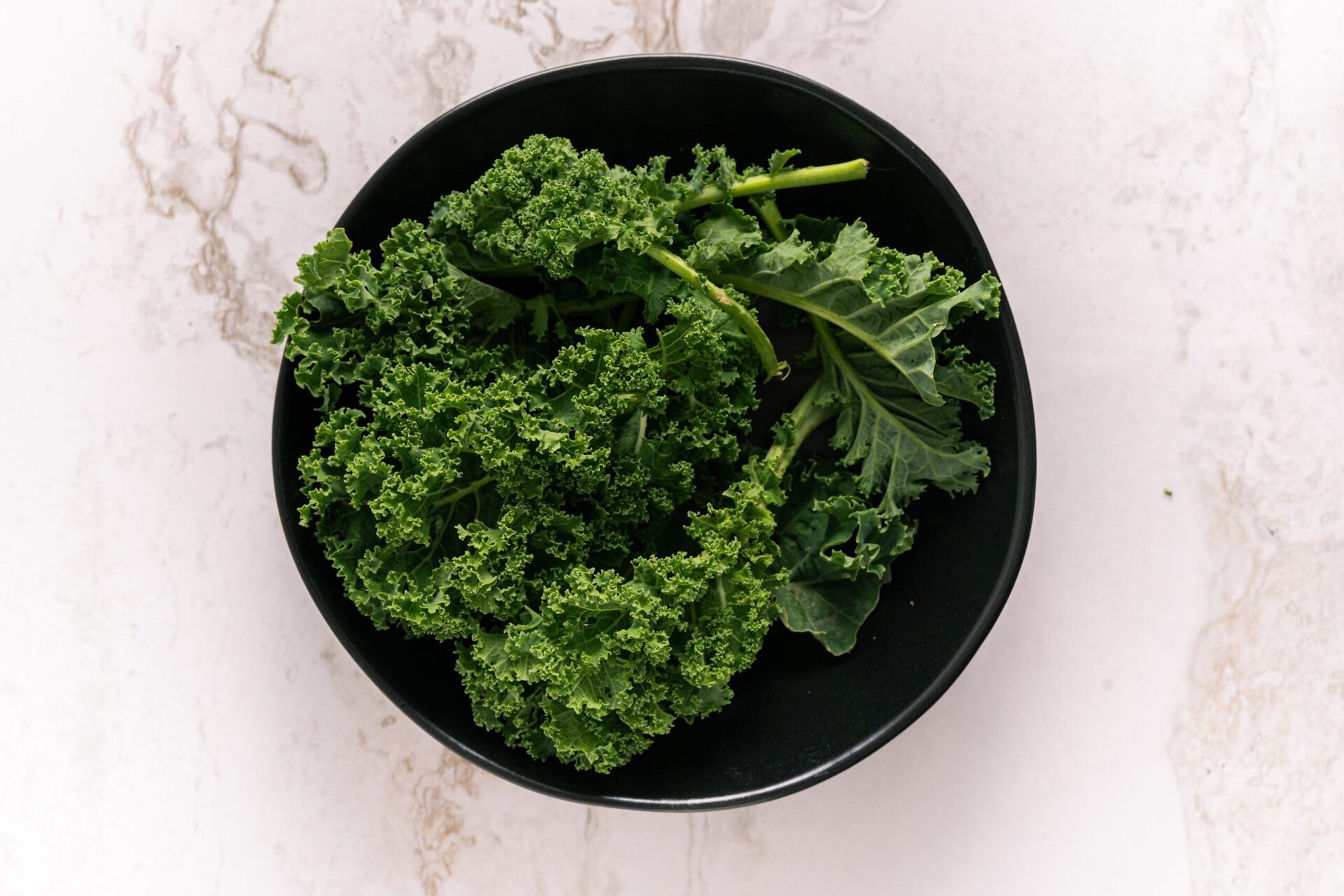

Articles
How To Store Kale In Fridge Without Plastic
Modified: January 6, 2024
Learn the best eco-friendly method to store kale in the fridge without using plastic. Check out our informative articles for tips and tricks.
(Many of the links in this article redirect to a specific reviewed product. Your purchase of these products through affiliate links helps to generate commission for Storables.com, at no extra cost. Learn more)
Introduction
In today’s world, where environmental awareness is on the rise, many people are seeking ways to reduce their plastic consumption. Plastic pollution poses a significant threat to our ecosystem, and one of the areas where plastic usage can be reduced is in food storage. When it comes to storing leafy greens like kale, finding alternative methods to plastic packaging is essential.
Kale, with its numerous health benefits and versatility in cooking, is a popular leafy green that many individuals enjoy incorporating into their meals. However, improperly storing kale can lead to wilting, loss of freshness, and overall diminished quality.
In this article, we will explore why avoiding plastic for storing kale is crucial and discuss alternative ways to keep kale fresh and vibrant in the fridge without the use of plastic containers or bags.
Key Takeaways:
- Embracing plastic-free storage methods for kale not only benefits the environment but also preserves its freshness and nutritional value, promoting a sustainable and eco-friendly lifestyle.
- Alternative storage options such as glass containers, beeswax wraps, and homemade cloth bags offer creative and effective ways to keep kale fresh without relying on plastic, contributing to a greener and healthier planet.
Read more: How To Store Kale In Fridge
Why Avoid Plastic for Storing Kale?
Plastic is a widely used material in food storage due to its convenience and durability. However, there are several reasons why it is recommended to avoid using plastic containers or bags for storing kale.
Firstly, plastic containers and bags are typically non-breathable, which can lead to moisture accumulation and promote the growth of mold and bacteria. This can accelerate the spoilage of kale and result in a shorter shelf life.
Additionally, plastic containers and bags are not environmentally friendly. Plastic takes hundreds of years to decompose, and a significant amount ends up in landfills or polluting our oceans, causing harm to wildlife and disrupting ecosystems. By reducing our reliance on plastic, we can contribute to a more sustainable and eco-friendly way of living.
Furthermore, some plastics contain harmful chemicals, such as Bisphenol A (BPA), which can leach into food, especially when exposed to heat or acidic ingredients. These chemicals have been linked to various health issues, including hormonal imbalances and reproductive problems.
Lastly, using plastic for kale storage can negatively impact the taste and texture of the greens. Plastic containers can trap moisture, leading to a soggy and wilted appearance. Kale requires proper air circulation to maintain its crispness and freshness, which plastic containers do not provide.
Given these reasons, it is evident that avoiding plastic for storing kale is not only beneficial for the environment but also for maintaining the quality and flavor of this nutritious leafy green.
Alternative Ways to Store Kale in the Fridge
Fortunately, there are several alternative methods to store kale in the fridge without relying on plastic packaging. These methods not only help to preserve the freshness and quality of kale but also contribute to a more sustainable lifestyle. Let’s explore some of these options:
- Storing Kale in a Glass or Stainless Steel Container: One simple and effective method is to transfer your kale into a glass or stainless steel container. This allows for better air circulation and prevents moisture build-up. Make sure to wash and dry the kale thoroughly before placing it in the container. You can line the bottom of the container with a paper towel to absorb excess moisture.
- Using Beeswax Wraps to Store Kale: Beeswax wraps are a fantastic eco-friendly alternative to plastic wraps. These wraps are made from cotton fabric coated with beeswax, jojoba oil, and resin, creating a natural and reusable covering. Simply wrap your kale tightly in the beeswax wrap to maintain freshness and place it in the fridge.
- Storing Kale in a Paper Bag: Wrapping kale in a paper bag is another effective method to keep it fresh. Paper bags are breathable, allowing for proper air circulation, thus preventing moisture build-up. Place the kale in the bag, fold it closed, and store it in the crisper drawer of your refrigerator.
- Using Reusable Silicone Bags for Kale Storage: Silicone bags, made from food-grade silicone, are an excellent alternative to plastic bags. They are durable, reusable, and can be washed easily. These bags provide a breathable environment for kale, allowing it to stay fresh for longer periods.
- Creating a Homemade Kale Storage Solution with Cloth Bags: If you enjoy sewing or crafting, you can make your own cloth bags to store kale. Use breathable fabric such as cotton or muslin and create simple drawstring bags. These cloth bags are not only reusable but also customizable, allowing you to add a personal touch to your kitchen storage.
By adopting these alternative methods, you can minimize your plastic usage and contribute to a more sustainable lifestyle while ensuring that your kale stays fresh and delicious.
Method 1: Storing Kale in a Glass or Stainless Steel Container
One of the simplest and effective ways to store kale without using plastic is by transferring it into a glass or stainless steel container.
Start by washing your kale thoroughly to remove any dirt or debris. Shake off any excess water and pat it dry with a towel or use a salad spinner to remove excess moisture. Note: It’s crucial to ensure that the kale is completely dry before storing to prevent wilting and spoilage.
Once the kale is dry, remove any tough stems or yellow leaves and tear the kale into bite-sized pieces. This makes it easier to use in recipes later on.
Next, find a glass or stainless steel container that is large enough to accommodate the kale. A container with a tight-fitting lid will help maintain freshness. Alternatively, you can use a bowl or plate and cover it with a reusable silicone lid or beeswax wrap.
Place the prepared kale in the container, making sure not to overcrowd it. If you have a large amount of kale, it’s best to store it in smaller portions to maintain its freshness.
Add a layer of paper towel or a reusable cloth napkin at the bottom of the container before placing the kale inside. This will help absorb any excess moisture and prevent the greens from wilting.
Once the kale is in the container, gently press it down to remove any air pockets and seal the lid tightly. If you’re using a bowl or plate, cover it securely with the silicone lid or beeswax wrap.
Finally, store the container in the refrigerator, preferably in the crisper drawer where the humidity levels are higher. The low temperature will help to preserve the kale’s freshness and extend its shelf life.
When you’re ready to use the kale, simply remove the desired amount from the container and rinse it under cold water before incorporating it into your recipes.
Storing kale in a glass or stainless steel container not only helps to maintain its freshness but also eliminates the need for single-use plastic bags or containers. It’s a simple and sustainable way to store this nutritious leafy green in your fridge.
Method 2: Using Beeswax Wraps to Store Kale
Beeswax wraps offer a fantastic eco-friendly alternative to plastic wrap when it comes to storing kale. These wraps are made from cotton fabric coated with beeswax, jojoba oil, and resin, creating a natural and reusable covering for your leafy greens.
To store kale using beeswax wraps, follow these simple steps:
- Start by cleaning your kale thoroughly to remove any dirt or debris. Gently shake off any excess water and pat the leaves dry with a towel or use a salad spinner.
- Tear the kale into manageable pieces, removing any tough stems or yellowed leaves along the way. This will make it easier to use the kale in recipes.
- Place the kale on a beeswax wrap. Make sure to leave enough space around the edges to fold the wrap over the kale.
- Fold the sides and corners of the beeswax wrap over the kale, creating a secure pocket to enclose the greens. Press the edges firmly to ensure a tight seal.
- If necessary, you can layer multiple beeswax wraps to accommodate a larger quantity of kale. The wraps stick to each other when warmed by your hands, creating a seamless covering.
- Once your kale is securely wrapped, you can store it in the refrigerator. The beeswax wrap will help maintain the freshness of the kale while allowing it to breathe.
- When you’re ready to use the kale, simply unwrap the desired amount from the beeswax wrap and rinse it under cold water before incorporating it into your recipes.
- After use, rinse the beeswax wrap with cold water and mild soap. Gently pat it dry and store it in a cool, dry place. Beeswax wraps are reusable and can last for several months with proper care.
Using beeswax wraps to store kale not only eliminates the need for plastic wrap but also extends the shelf life of your leafy greens. These wraps are a sustainable option that allows for proper air circulation while keeping your kale fresh and crisp.
By incorporating beeswax wraps into your kitchen storage routine, you can take a small yet impactful step towards reducing plastic waste and promoting a more environmentally conscious lifestyle.
To store kale in the fridge without plastic, wrap it in a damp paper towel and place it in a breathable container or perforated plastic bag to maintain freshness. Keep it in the crisper drawer for best results.
Method 3: Storing Kale in a Paper Bag
Another effective method for storing kale without using plastic is to utilize a simple paper bag. Paper bags are breathable, allowing for proper air circulation, which helps to prevent moisture build-up and maintain the freshness of the kale.
Follow these steps to store kale in a paper bag:
- Begin by washing the kale thoroughly to remove any dirt or debris. Pat it dry with a towel or use a salad spinner to remove excess moisture.
- Tear the kale leaves into smaller, bite-sized pieces, discarding any tough stems or yellowed leaves.
- Open a clean paper bag and place the prepared kale inside. Avoid overcrowding the bag, as this can lead to bruising and accelerated spoilage.
- Once the kale is in the bag, fold the top of the bag a few times to seal it. This will help to trap some of the moisture and maintain a stable environment for the greens.
- Store the sealed paper bag in the crisper drawer of your refrigerator. The crisper drawer maintains a slightly higher humidity level, which is ideal for storing leafy greens.
- Check the kale periodically to ensure it is still fresh. If you notice any wilted or spoiled leaves, remove them immediately to prevent further deterioration.
- When you’re ready to use the kale, remove it from the paper bag, rinse it under cold water to remove any remaining dirt, and pat it dry before incorporating it into your recipes.
Storing kale in a paper bag provides a breathable environment for the greens while protecting them from excessive moisture. This method helps to extend the shelf life of kale and preserves its crispness and nutritional value.
Using paper bags as a storage solution is not only a plastic-free alternative but also a cost-effective and readily available option. It’s a simple yet effective way to keep your kale fresh and delicious without compromising sustainability.
Method 4: Using Reusable Silicone Bags for Kale Storage
To store kale without plastic, reusable silicone bags are an excellent alternative. These bags are made from food-grade silicone, which is a durable and eco-friendly material that can be used repeatedly.
Follow these steps to store kale using reusable silicone bags:
- Start by washing the kale thoroughly to remove any dirt or debris. Shake off any excess water and pat it dry with a towel or use a salad spinner to remove excess moisture.
- Tear the kale leaves into manageable pieces, removing any tough stems or yellowed leaves as you go.
- Open a clean silicone bag and place the torn kale inside. Make sure not to overcrowd the bag, allowing enough space for the air to circulate.
- Seal the silicone bag tightly to ensure it is airtight. Some silicone bags come with a zip-lock or slider seal, while others may have a secure closure mechanism.
- Label the bag with the date to help you keep track of the freshness of the kale. This way, you can use the oldest kale first.
- Store the sealed silicone bag in the refrigerator, preferably in the crisper drawer to maintain optimal humidity levels.
- Periodically check the kale for any signs of spoilage. Remove any wilted or spoiled leaves to prevent them from affecting the rest of the greens.
- When you’re ready to use the kale, remove the desired amount from the silicone bag, rinse it under cold water to remove any remaining dirt, and pat it dry before using it in your recipes.
- After each use, wash the silicone bag with warm soapy water or place it on the top rack of your dishwasher for easy cleaning. Ensure it is thoroughly dry before using it again.
Using reusable silicone bags not only eliminates the need for disposable plastic bags but also helps to extend the shelf life of your kale. These bags provide a tight seal to keep the kale fresh and protected from moisture and contaminants.
Investing in reusable silicone bags is a sustainable choice that reduces waste and promotes a plastic-free lifestyle. By opting for these bags, you can store your kale efficiently while maintaining its freshness and nutritional value.
Method 5: Creating a Homemade Kale Storage Solution with Cloth Bags
If you enjoy crafting or prefer a DIY approach, you can create your own homemade kale storage solution using cloth bags. This method allows you to customize the bags according to your preferences while reducing the need for plastic packaging.
Follow these steps to create cloth bags for storing kale:
- Firstly, gather your materials. You will need breathable fabric such as cotton or muslin, scissors, a sewing machine or needle and thread, and any additional embellishments or decorations if desired.
- Measure and cut the fabric into rectangular pieces. The size will depend on the amount of kale you plan to store in each bag, but a suggested size is around 12×14 inches.
- Place two pieces of fabric together, with the printed or decorative sides facing each other. Pin the sides together to keep them aligned.
- Using a sewing machine or needle and thread, sew around the sides and bottom of the fabric pieces, leaving the top open for inserting the kale.
- You can reinforce the seams by sewing over them a second time or using a zigzag stitch.
- Once the bag is sewn, turn it right side out to reveal the printed or decorative side.
- You can add any embellishments or labels to personalize your cloth bags. This could be embroidering your name or adding a small tag that indicates the contents.
- Repeat these steps to create as many cloth bags as you need for storing kale. You can make different sizes to accommodate various quantities of kale.
- When you’re ready to store your kale, wash it thoroughly, remove any tough stems or yellowed leaves, and pat it dry.
- Place the kale inside the cloth bag, leaving enough space at the top to tie or fold it closed.
- Secure the bag with a knot, tie it with a string, or fold the top over to create a seal. This will help keep the kale fresh and prevent it from falling out of the bag.
- Store your homemade cloth bags of kale in the refrigerator, preferably in the crisper drawer. Remember to use the oldest bags first to maximize freshness.
- When you want to use the kale, simply untie or unfold the cloth bag, remove the desired amount of kale, rinse it under cold water to remove any dirt, and pat it dry.
- After use, wash the cloth bags with soap and water. Allow them to air dry completely before using them again.
Creating homemade cloth bags for storing kale not only reduces plastic waste but also allows for a personalized touch in your kitchen storage. These bags are reusable, washable, and provide a breathable environment for your kale to maintain its freshness.
By engaging in a DIY project like this, you can exercise your creativity while embracing a more sustainable lifestyle.
Conclusion
Storing kale in a plastic-free manner not only helps reduce plastic waste, but it also ensures the longevity and freshness of this nutritious leafy green. By exploring alternative methods to traditional plastic packaging, we can make a positive impact on the environment while maintaining the quality of our food.
Avoiding plastic containers and bags for kale storage is crucial due to their non-breathable nature, environmental impact, and potential health risks. Plastic can lead to moisture accumulation, promote the growth of bacteria and mold, pollute our oceans, and leach harmful chemicals into our food.
Fortunately, there are various alternative methods that can be utilized to store kale in the fridge without the use of plastic. These methods include storing kale in glass or stainless steel containers, using beeswax wraps, utilizing paper bags, utilizing reusable silicone bags, and creating homemade cloth bags.
Storing kale in glass or stainless steel containers allows for better air circulation, preventing moisture build-up and ensuring the crispness and freshness of the greens. Beeswax wraps offer an eco-friendly option that is reusable and provides a secure covering for kale. Using paper bags is a simple and effective approach, allowing for breathability and preventing wilting. Reusable silicone bags are a durable and sustainable alternative, offering an airtight seal to maintain the freshness of kale. Lastly, creating homemade cloth bags adds a personal touch and eliminates the need for disposable packaging.
By adopting these alternative methods, we can reduce our plastic consumption, contribute to a more sustainable lifestyle, and preserve the quality and nutritional value of kale. Choosing greener options for food storage is a small step towards a more eco-conscious lifestyle and a healthier planet for future generations.
So, the next time you bring home fresh kale, remember to store it in a plastic-free manner, embracing these alternative methods. Together, we can make a positive change and protect both our health and the environment.
Frequently Asked Questions about How To Store Kale In Fridge Without Plastic
Was this page helpful?
At Storables.com, we guarantee accurate and reliable information. Our content, validated by Expert Board Contributors, is crafted following stringent Editorial Policies. We're committed to providing you with well-researched, expert-backed insights for all your informational needs.
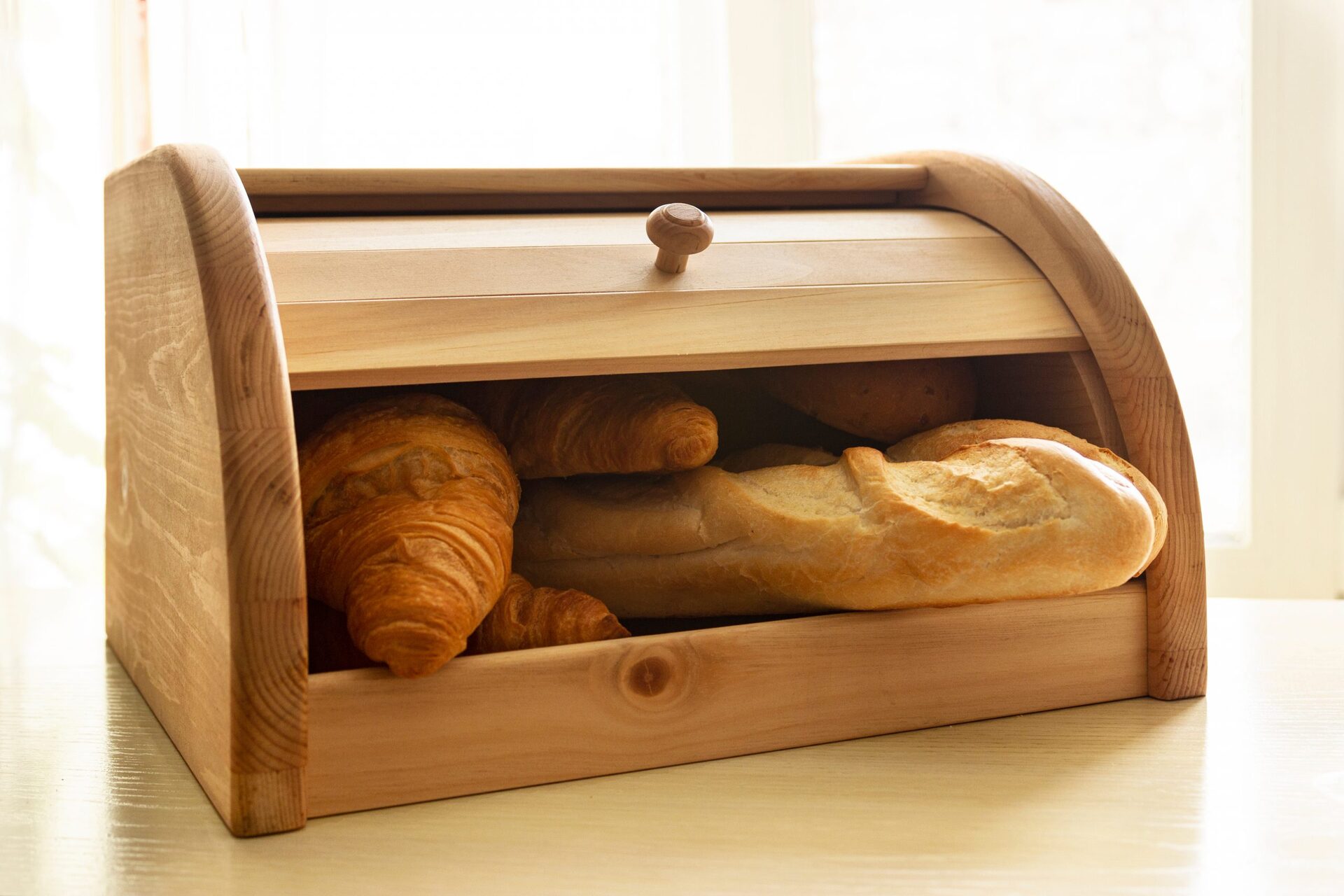
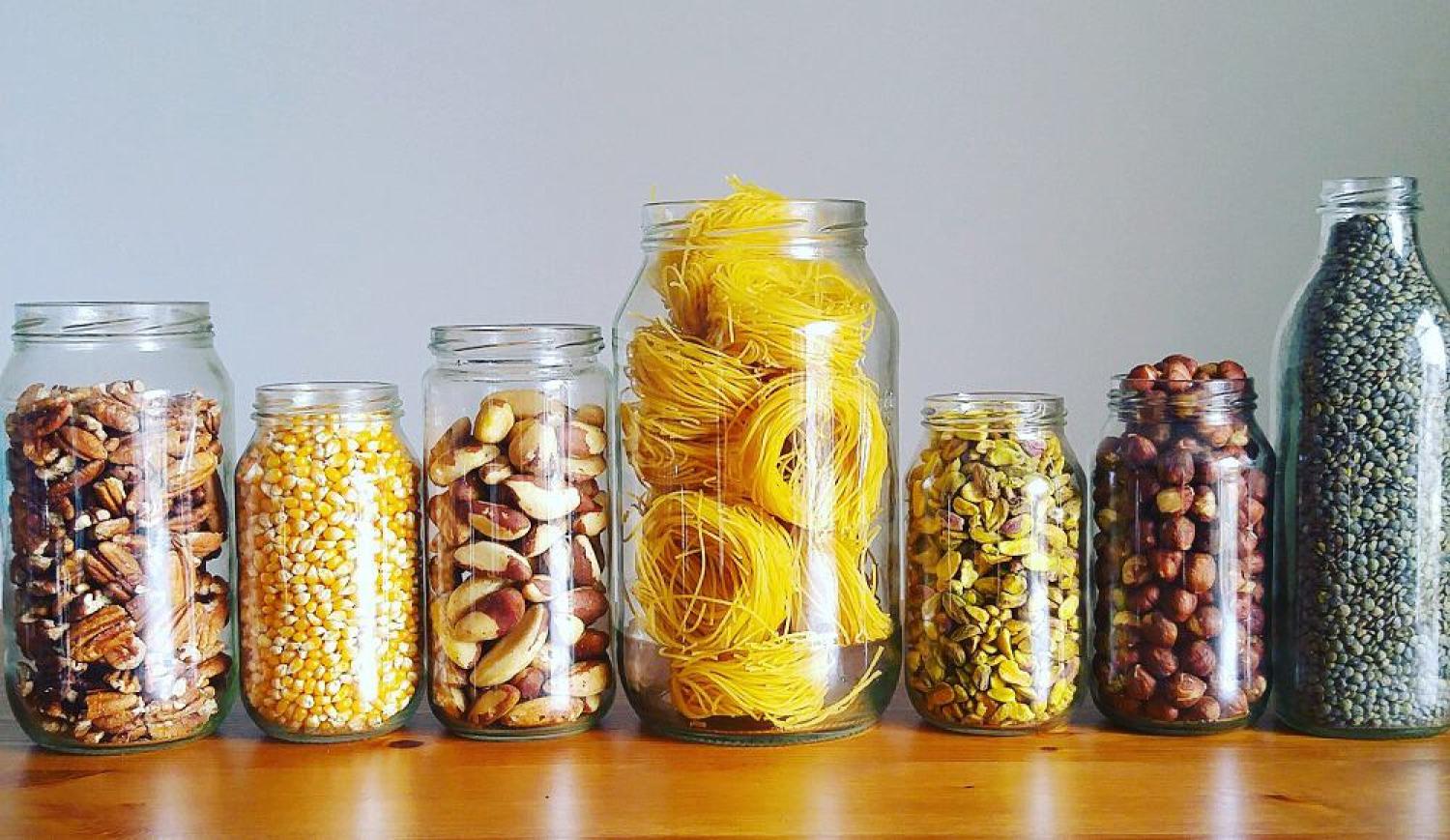
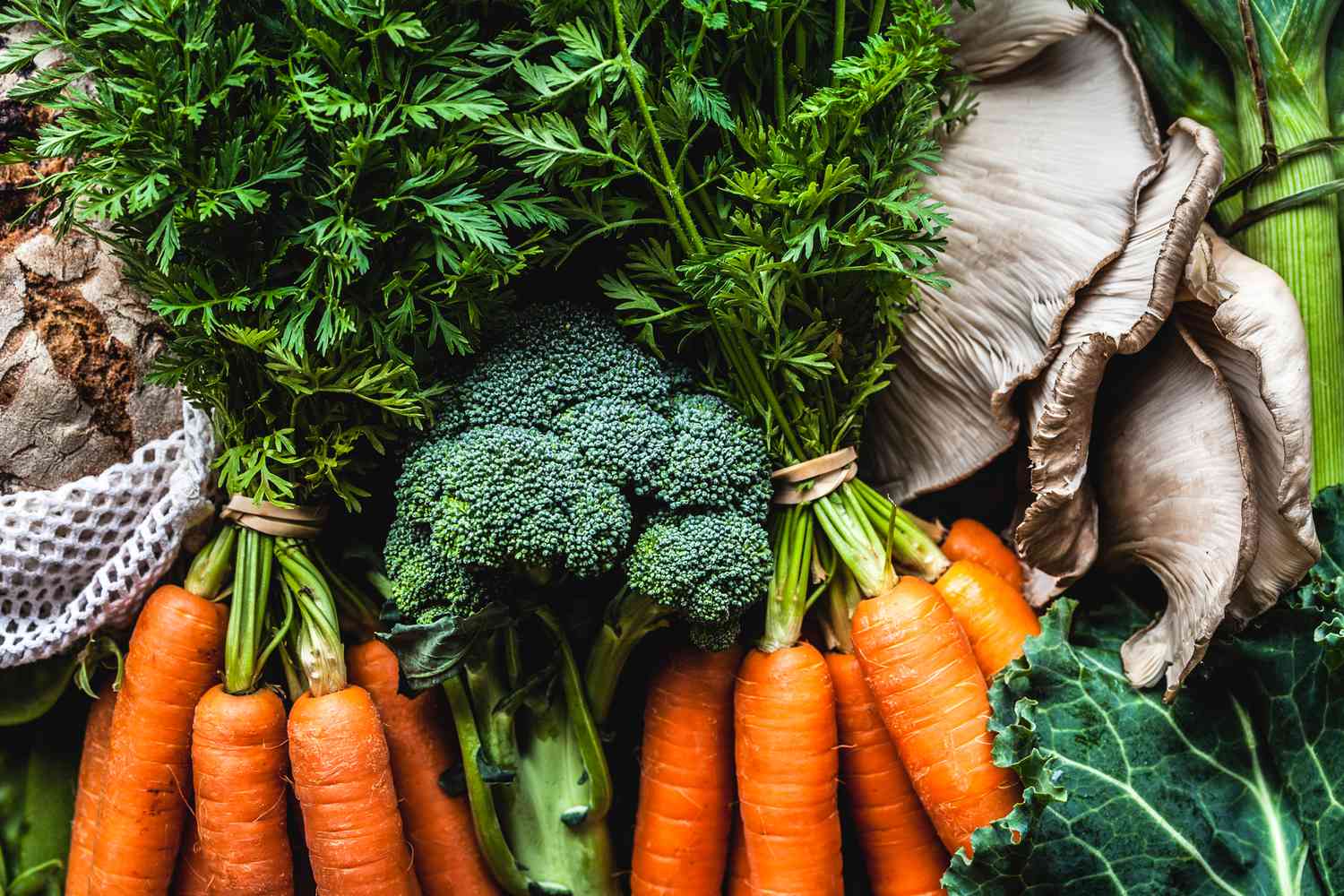
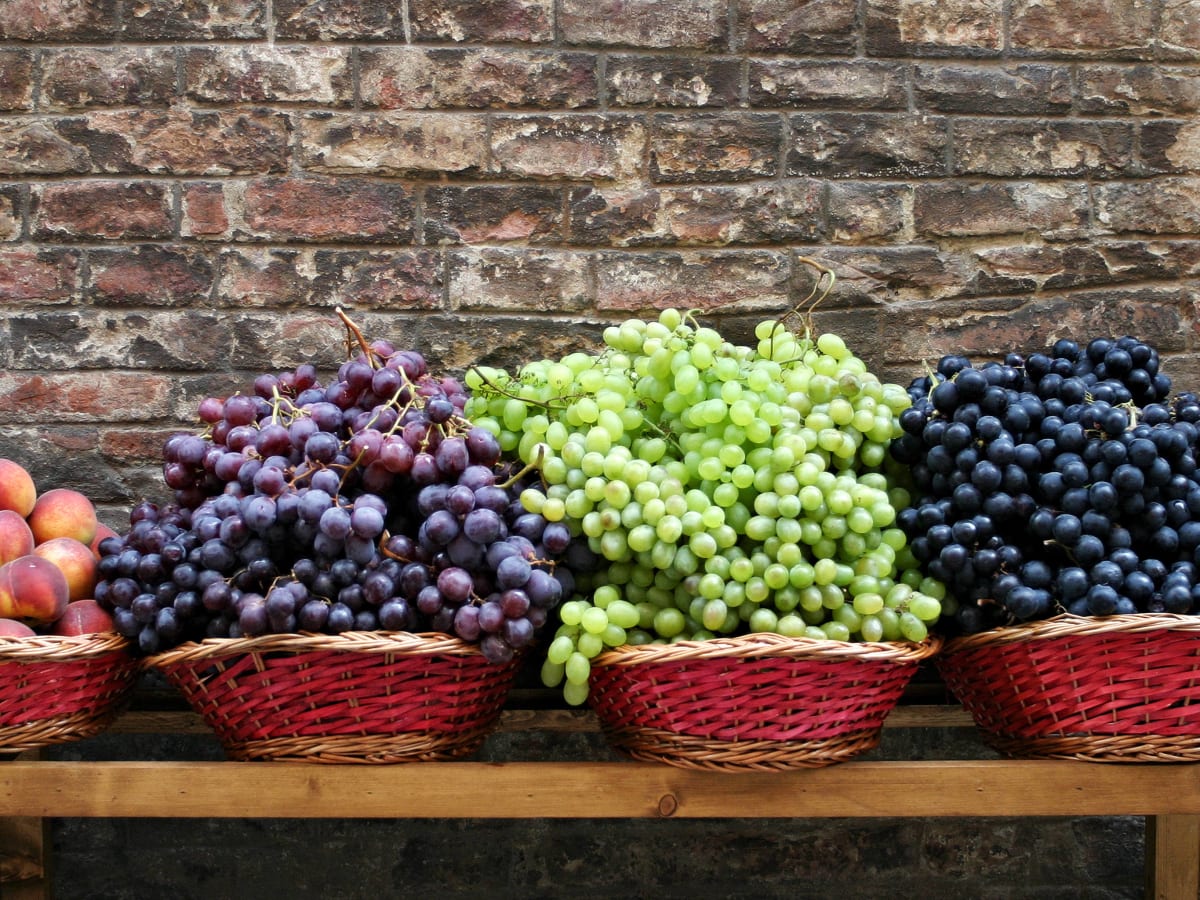
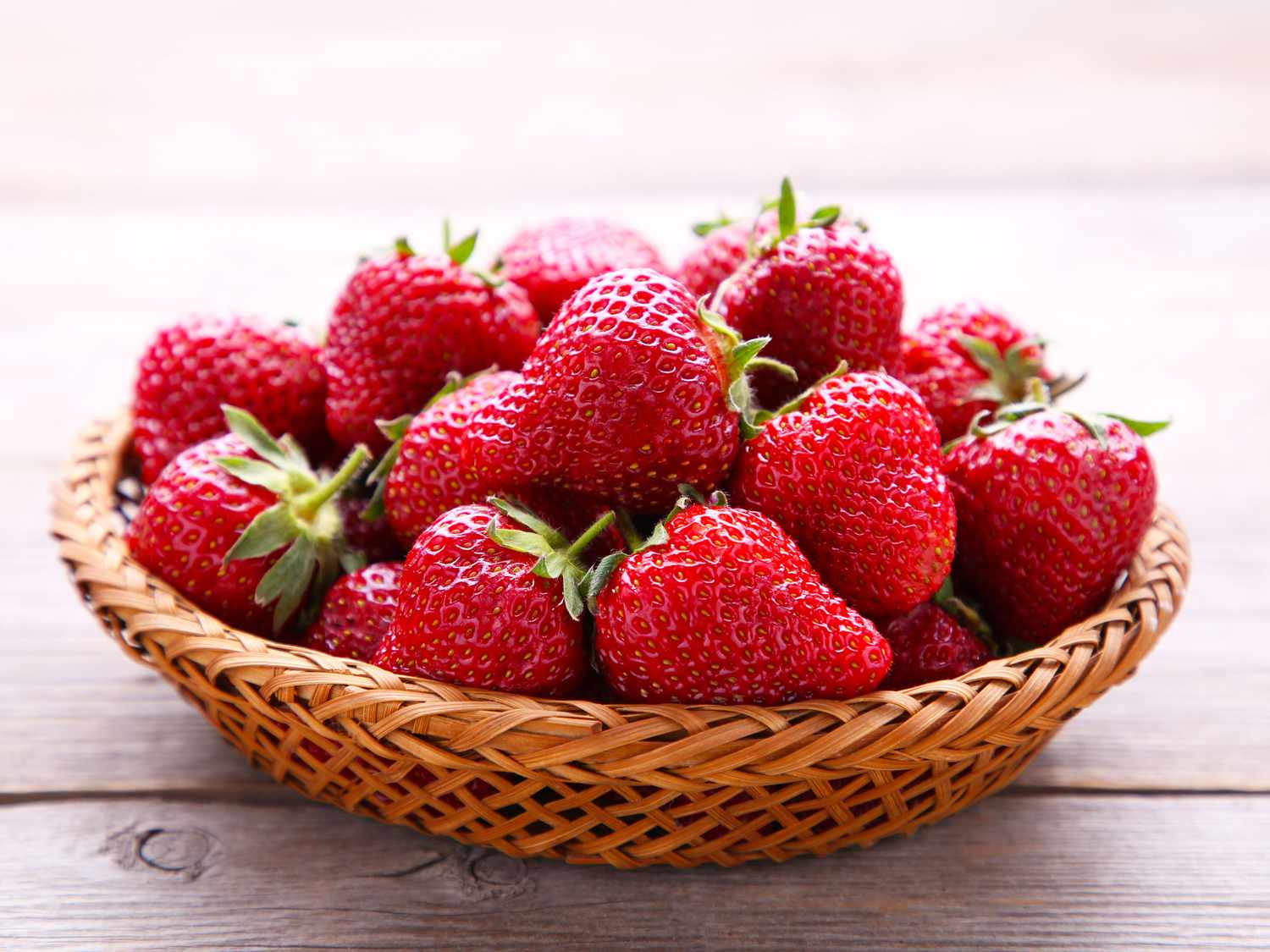

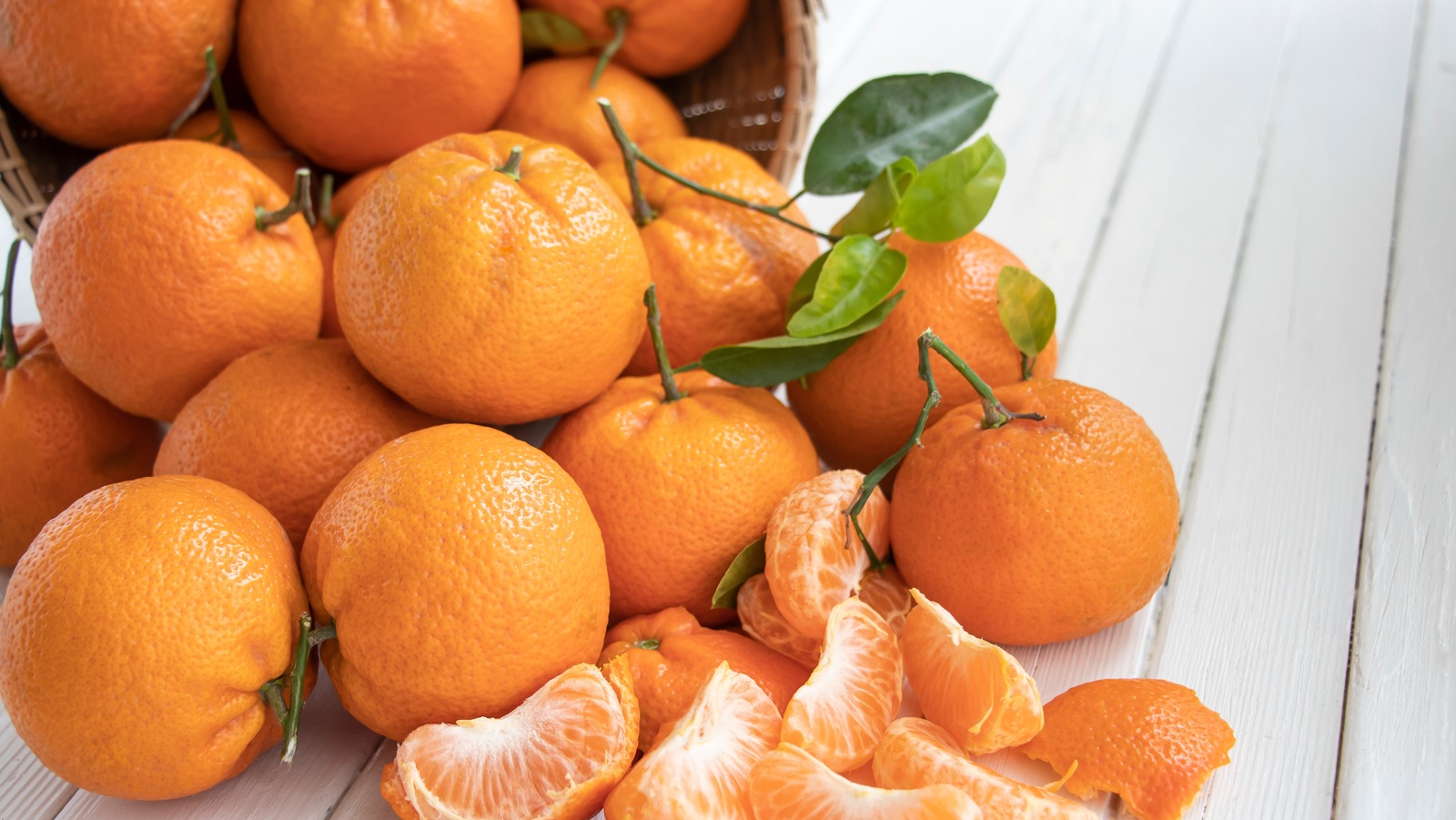
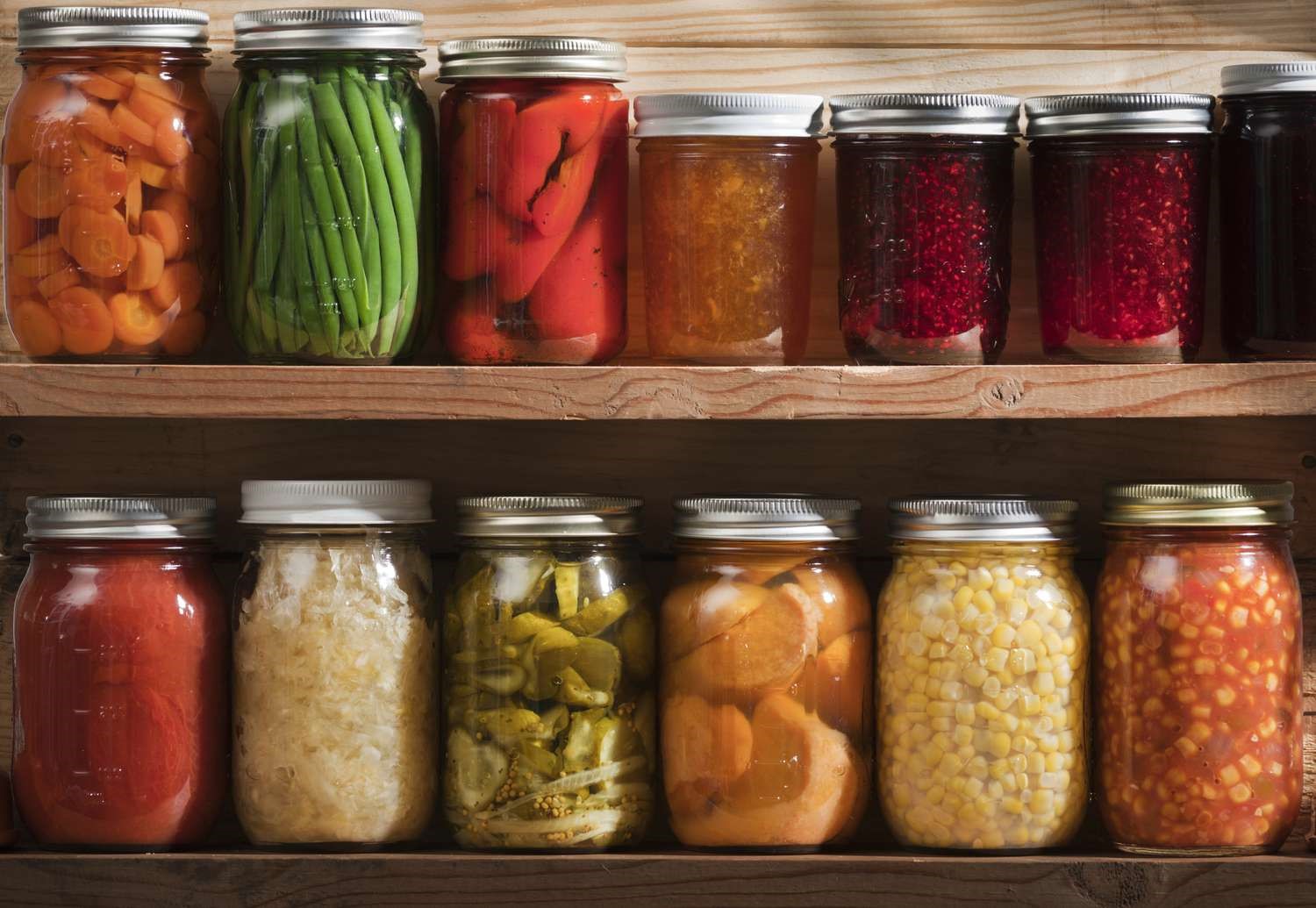
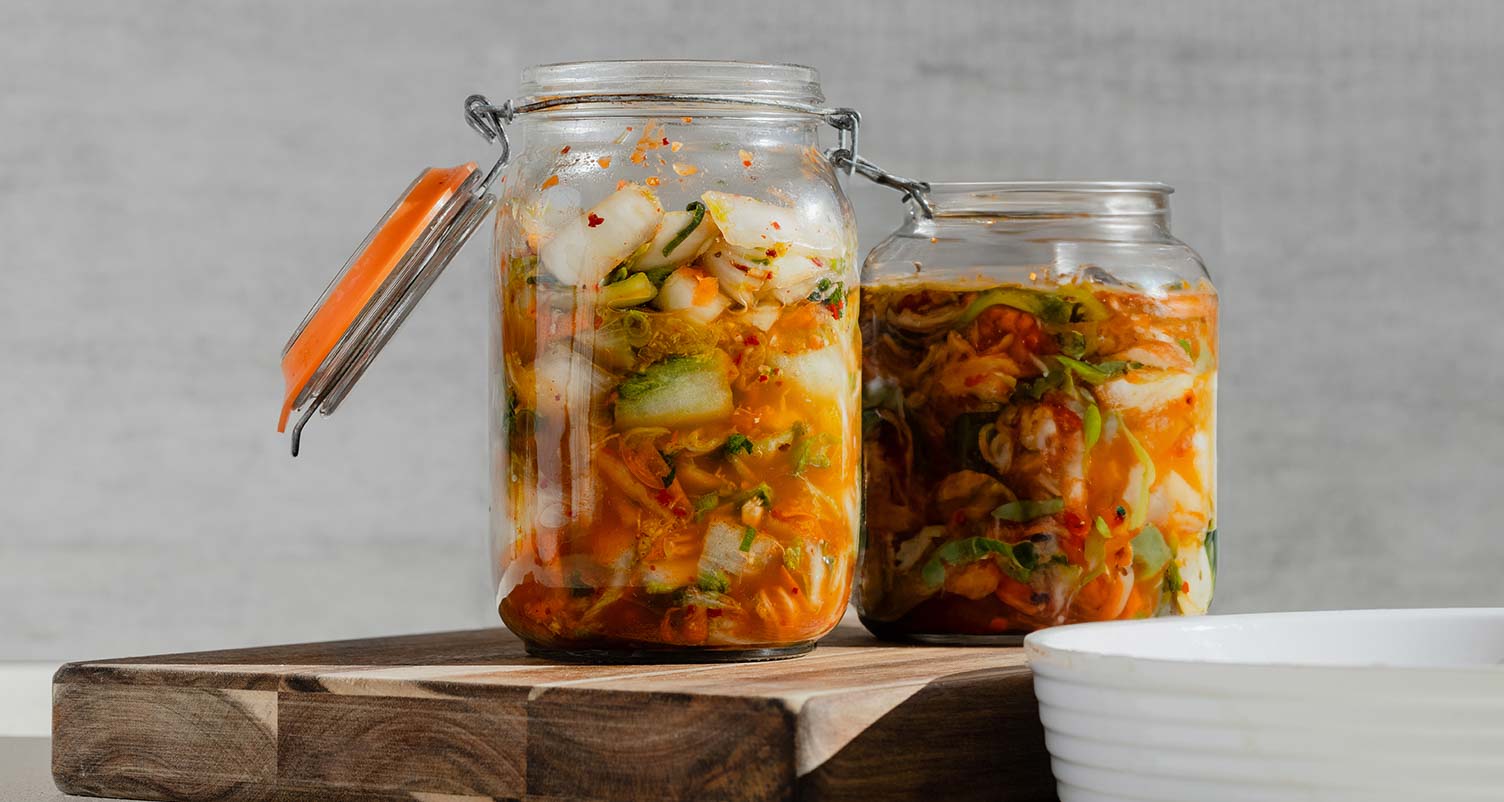
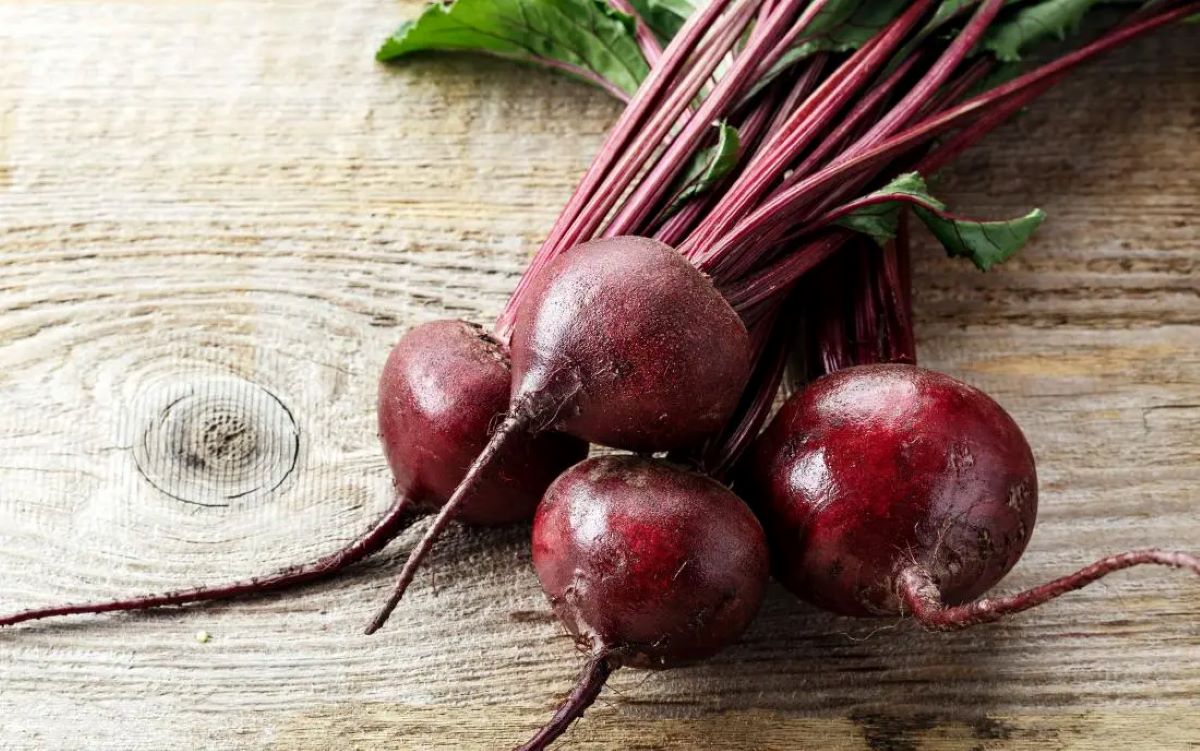
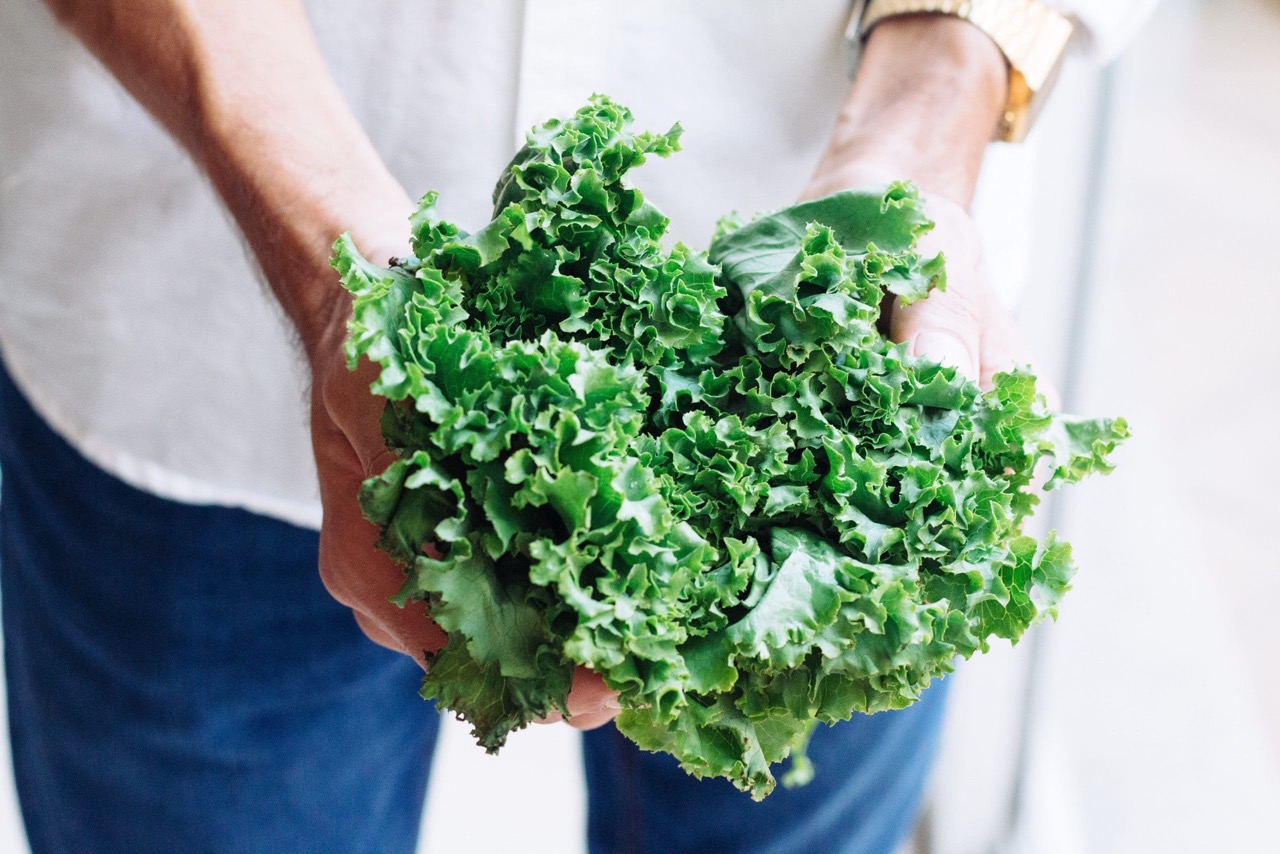
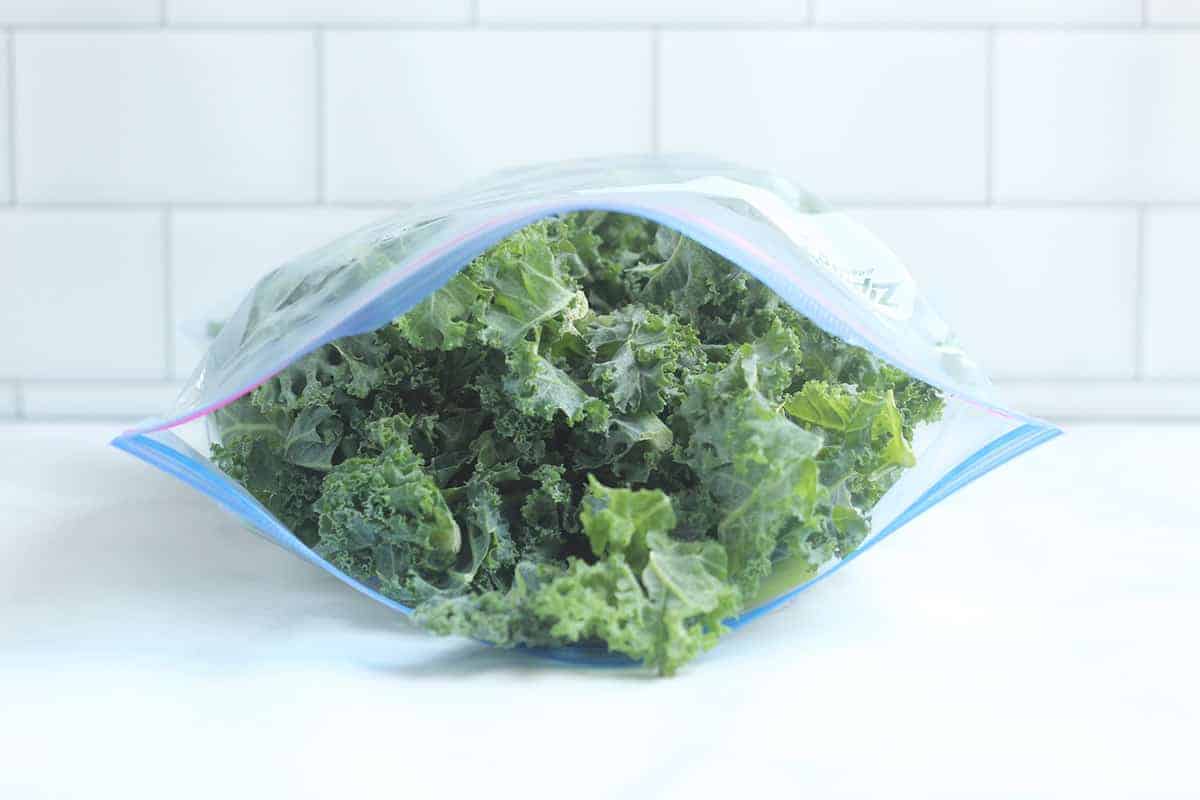
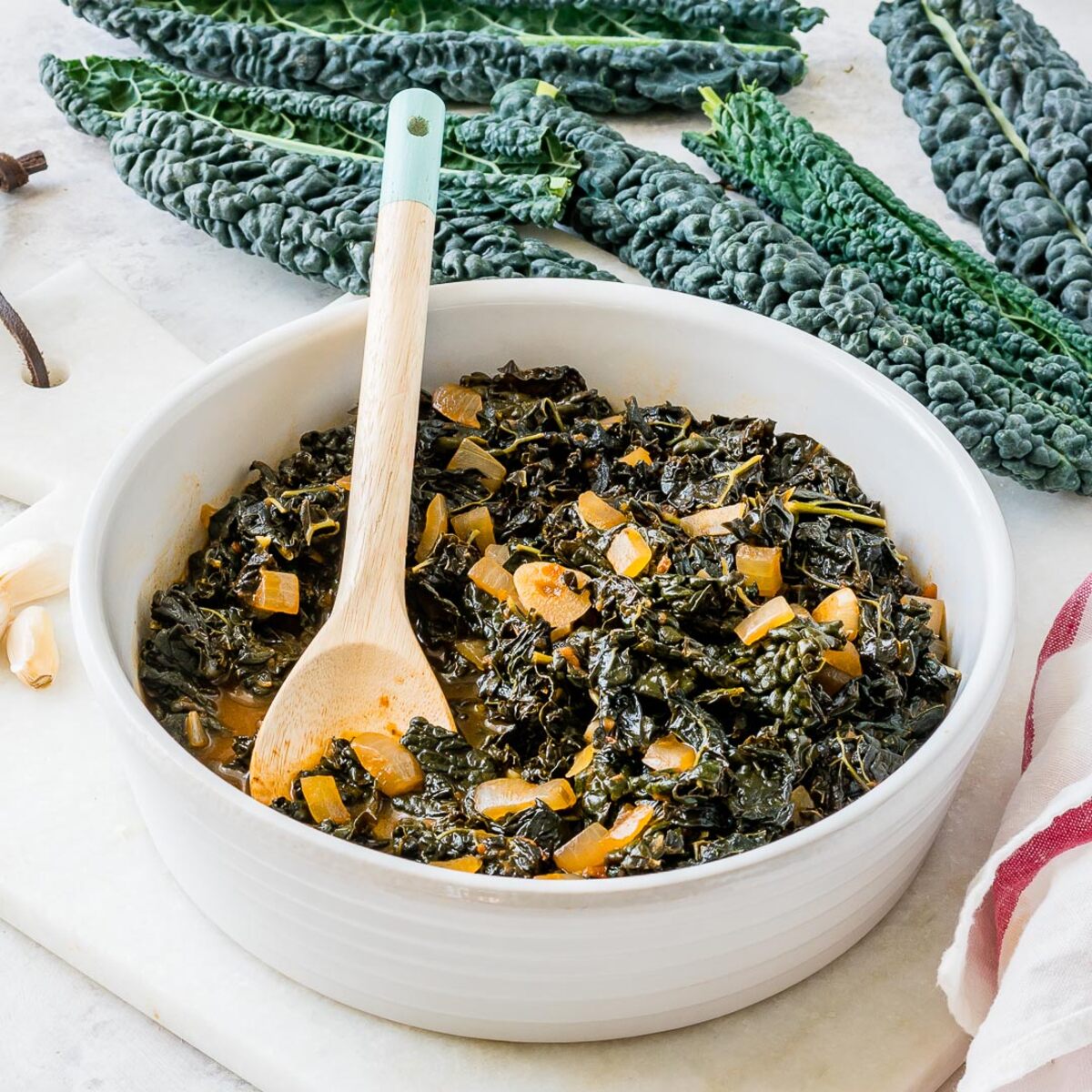
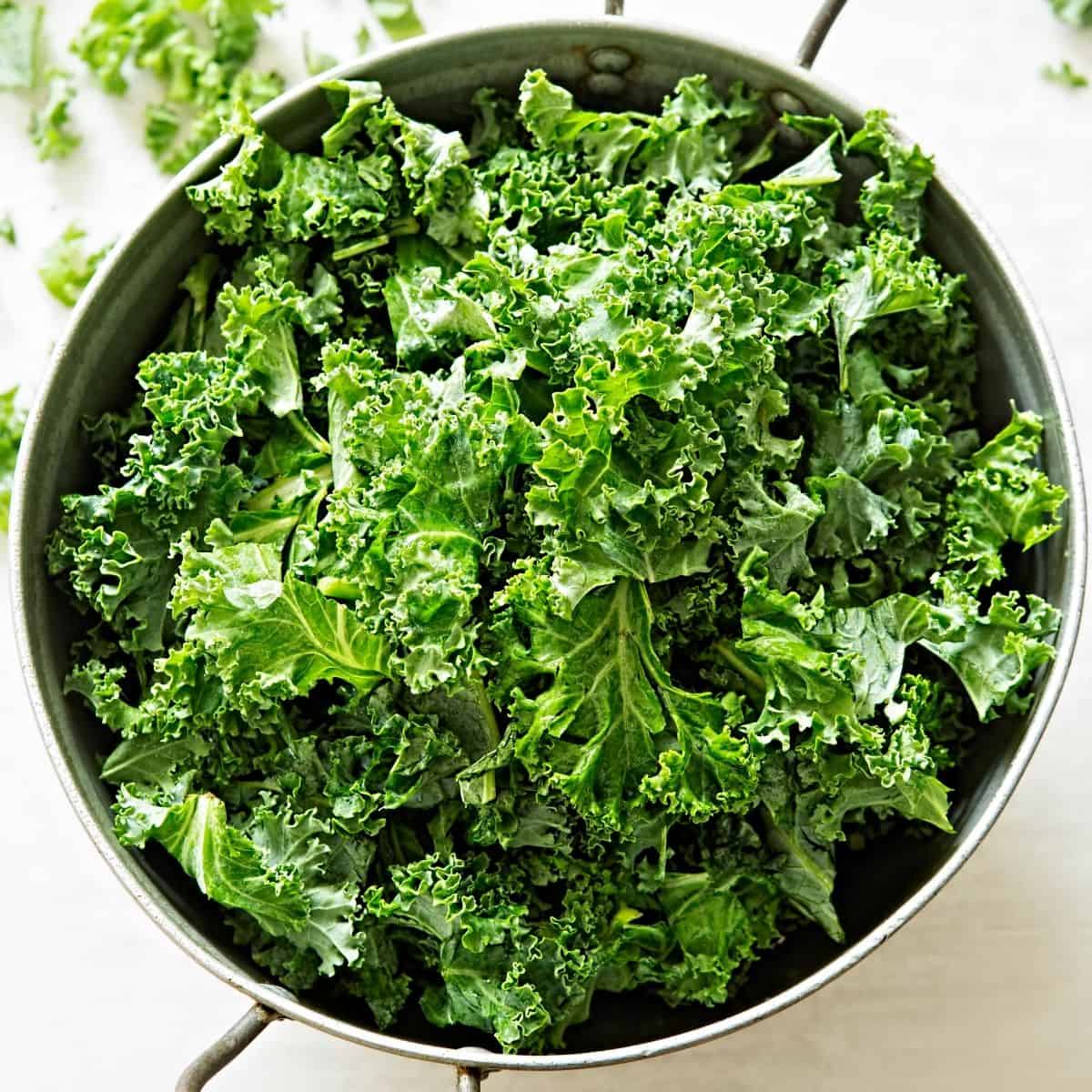

0 thoughts on “How To Store Kale In Fridge Without Plastic”